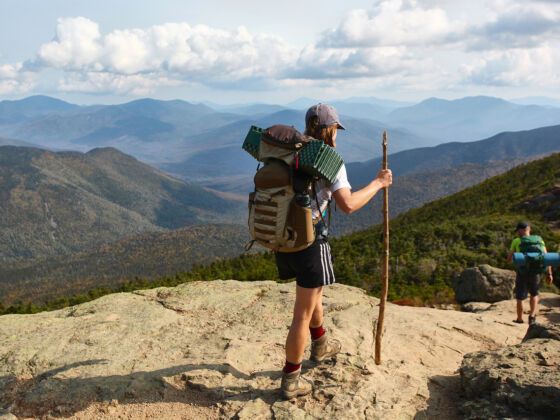MANY OF US know what it feels like to work hard toward a travel goal and remain utterly distant from it. This scenario is most present among young adults ages 16 to 23 — those with the lowest wage-earning power yet the most freedom to travel. Think of the 19-year-old working long hours in a climbing gym, or the underemployed recent college graduate making ends meet as a barista.
Sometimes there are golden travel opportunities that deserve to be seized. Perhaps it’s the gap year you take between high school and college — your one big chance to see the world before another 4, 6, or 8 years of school. Or the moment when two of your close friends can finally travel with you at the same time. Or when a rare educational opportunity suddenly appears — a multi-month apprenticeship with your favorite artist on the other side of the country, for example.
In moments like these, if you wait, you lose. This is when life demands a fast and creative fundraising solution.
